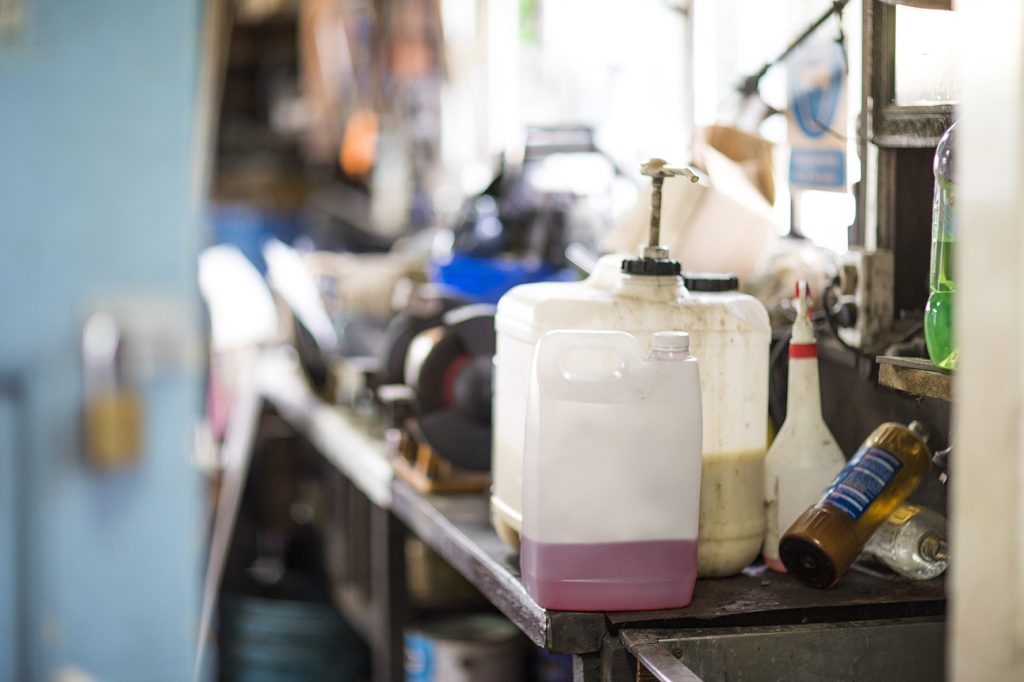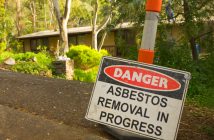Hazardous substances are widely used across New Zealand workplaces, so it’s important to know the risks and how to protect people from harm.
- The regulations bring an expectation on everyone working with hazardous substances to know what those substances are, the risks they pose and how to manage those risks.
- You will need to keep an inventory of all the hazardous substances in your workplace.
On 1 December 2017, the Health and Safety at Work (Hazardous Substances) Regulations 2017 will come into force. They apply to all workplaces that manufacture, use, handle and store hazardous substances.
One in three businesses work with hazardous substances in New Zealand. That includes factories, farmers and growers, as well as tradespeople, collision repairers, hairdressers and retailers. Common hazardous substances are fuels and LPG, acids, cleaning solutions, agricultural chemicals, paints, glues and chlorine.
“Used safely, hazardous substances can contribute to the nation’s economic growth and prosperity,” WorkSafe General Manager Operations and Specialist Services Brett Murray says. “But they also pose real risks to the people working with or around them, including explosion, fire, and serious health issues.”
It is estimated that New Zealand workers are 10 times more likely to die from work-related health risks, such as hazardous substances, than workplace safety incidents, Mr Murray says. However, despite this harm, there can be more complacency about the dangers of hazardous substances than other workplace risks.
“The harm from inhaling toxic vapours or contact with some substances is often unseen. Workers may be unaware they are being exposed, and the effects of exposure may not be discovered for many years.
“The Regulations are aimed at reducing the harm from hazardous substances in the workplace and will increase the focus on their safe management. They bring an expectation on everyone working with them to know what those substances are, the risks they pose and how to manage those risks.”
This is not about wholesale change. The rules for work-related activities involving hazardous substances are moving from the Hazardous Substances and New Organisms (HSNO) Act to the Health and Safety at Work Act (HSWA).
Many of the existing requirements continue under the new Regulations, so if your business is complying now, there may not be much more you have to do. However, there are key changes that will help ensure you, as the person in charge, are doing your duty to protect people from harm.
The starting point is to identify the risks in your workplace. Make a list of the hazardous substances on site, the quantities and where they are stored. Then read the safety data sheets (SDS) to understand the risks they pose, how to use and store them safely and what to do if there is a spill or you are exposed to them. A SDS will be required for each substance.
“You will also need to keep an inventory of your hazardous substances, and the simplest way to do this is to use the Hazardous Substances Calculator,” Mr Murray says. “This is one of the handy tools in the Hazardous Substances Toolbox.”
The calculator will help you work out the safety measures (or controls) you need to put in place to keep people safe. This includes general requirements, such as labelling, packaging and ensuring workers have sufficient instruction and supervision, as well as any additional measures triggered by certain substances or quantities.
“Some highly hazardous substances will require a certified handler, while certain quantities of some substances may mean you need to engage a compliance certifier to issue a location compliance certificate. So as well as reducing risk, keeping your substances to a minimum can help reduce the costs to your operation.
“That’s why you should first look at whether you can remove any products, reduce the amount, or replace them with a safer alternative.”
Mr Murray says it is important to note that the required controls may not be enough to protect people from harm, and you must remove or reduce any remaining risks. This can include installing safety measures, such as extractor fans or using automated enclosed areas to conduct hazardous work.
“Personal protective equipment may also be necessary, but should be the final step after implementing other measures.
“And remember, even the most safety-conscious business can have an accident. Make sure you have an emergency plan in place, including who to contact and who is responsible for what.”
As well as looking at what is changing on 1 December, Mr Murray says people need to remember there is already legislation in place they should be complying with.
“Now is the ideal time to review your management of hazardous substances and ensure you are doing your duty to protect people from harm.”
The WorkSafe website has guidance and information to help you understand your obligations. The Regulations are available on the New Zealand Legislation website.
For practical help, see the Hazardous Substances Toolbox. This will be updated shortly and includes the Hazardous Substances Calculator.
To keep updated, subscribe to the Hazardous Substances e-newsletter.






